|
These babies have begun to expect some every time I come inside. Crab grass is their favorite type and it doesn’t seem to past their stomachs as much as other kinds. They’re enjoying it less now as it gets tougher so I’m trying to choose grass that is young and tender.
0 Comments
Just a few photos. This squash is our favorite thing in the yard right now. We think it's a Trompetta di Albenga but we're not entirely sure because we don't keep great records of where we put things.
I’m not super pleased with the front yard; I tried to plant an annual flower/herb meadow as a temporary thing before installing perennials. Some things have come up and I’m delighted by them, but I was hoping for more. It’s probably mostly due to inadequate watering; I was out there twice a day but seeds really need a lot of love and maybe they needed a third watering. Also, we realized that there was something wrong with the compost we ordered from Grillo. Even weeds won’t grow in it, so getting desirable plants to grow requires a lot of coddling. Online reviews that other people left confirmed that this year’s batch of compost from Grillo was a dud. The pH is balanced, but it’s somehow devoid of nutrients. We will plant cover crops in it to try and revive it. I think we also have too many stray wood chips still on the soil, and tree roots in front are intense. Those combined with the poor compost likely made it hard for anything to grow. Here’s the moral of this story and the most important lesson I’ve taken away from this: your existing soil is fine. Things are growing happily where we planted them in our natural soil and struggling in places where we attempted to amend it. So, yes, there’s a history of pesticide use and mild lead and arsenic in the soil, but it is perfectly capable of growing things without any amendments at all. Have confidence in your soil. We had a woodchuck and a rabbit in our yard and I'd like to share how we gardened in a way that allows them to live with us. But come on a little philosophical journey with me before we get into the tips.
I have long believed that my gentleness is weakness. I wear work boots and dress androgynously to look tougher than I am. But at work I don't like doing things like driving trucks onto grass because I see insect holes in the ground and I know how bad compaction is for the roots of plants. There’s a White man who lives in my head and scolds me when I’m being gentle with nature. “Dig that dirt, don’t look at what’s in it. Cut those plants, don't worry about what they are, they’re in our way.” This man speaks with the voice of the world I see around me; fast moving, rough, unsentimental. But I’m not like that. And I’m beginning to put aside my humbleness and realize that gentleness like mine is not wrong. It is, in fact, what we need to protect life on this planet and stop the tailspin towards extinction. I’ve been reading Native American thought books lately and they’ve been opening my eyes to White ways of thought I hadn’t even considered. I had just assumed that the attitude towards nature that I'd absorbed from our dominant culture was the only way to look at things. But you can ask a tree whether or not you can cut it down and listen to the response (a bird nesting in it might answer “no”). You can acknowledge that living things exist in a democracy of species with all creatures being equally as valuable as humans. Which brings me to the woodchuck and rabbit in our yard. I have seen neither around for a few weeks, which genuinely makes me sad. Yes, the woodchuck ate our peas and broccoli, and several kales. Yup, it frustrated us for a moment, but these are native animals on this land and vegetation is their food. Many gardeners are furious at woodchucks. On Facebook gardening forums, people recommend shooting them, often with a joke in the same sentence. But that's not funny. If you casually advocate shooting something that's inconveniencing you, how many steps until you're recommending removing or killing people who are in your way as we've done in our colonial history? Other people trap woodchucks and bring them to a piece of our vanishing wilderness that is not their home. If that's not colonial behavior, I don't know what is, because it's exactly what we did to Native Americans who lived on the land we wanted to live on. People who remove woodchucks in this way are often sheepish when they describe what they've done. If you're slightly embarrassed about it, then you probably did harm. There are things I've done in the yard that I am not proud of. I'm working towards causing no harm. It's a process and we can all work towards becoming more gentle. We have gobbled up most of the wilderness, leaving creatures nowhere to live but next to us. And now we say they can only live there if they do not eat? That is not fair and we have an obligation to share our space with them. The following are tips on how I’ve shared our food with garden visitors.
I miss our woodchuck. My extra collard patch grows tall without him but my heart aches when I think about where he could be and whether he was forcibly removed. It wasn’t like this for much longer because I tried to move it and knocked the whole thing off. We really want to collect rainwater from our roof but our downspouts are not well placed for that at all. The goal is to send it into the yard rather than into the sewer so it can percolate into the soil. The largest discharge runs straight onto the driveway and into the sewer which is such a tragedy. We just need a little more expertise in gutter manipulation and we will be able to collect it. I hope in three years I can look back at this photo and laugh because our rainwater catching system will be so good.
My gardens have always been slow and steady. They're never first to produce and they never have huge plants. But they're often some of the last to remain in production and resist disease. It could be because I genuinely don't pay plants much attention once they start growing. I don't water frequently, and I don't fuss with them much. I like to look at them and observe what they're doing and what bugs are on them, but I don't coddle them. Which is not necessarily the best way to do things. Coddled plants produce a lot. But they also demand a lot of your attention!
So if your plants are small, that's ok. They will probably just produce later than plants that are currently huge. If they're sick and tiny, they may die. But if they're small and perfectly healthy, they will probably be fine. Reasons your plants might look sick: if they're yellowing, they need fertilizer (see next paragraph). If they're crispy brown at the ends of the leaves, they're experiencing drought. Water more deeply. If they're wilting in the heat of the day, they should perk up at dusk. If not, water them deeply, and if they keep looking wilty, there's something else wrong with them that no amount of water can fix. If they've got a million holes, take a close look at what bugs are sitting on the leaves and google them. Vegetable diseases are many, and it's beyond the scope of my expertise to diagnose them. I never used fertilizer before I started working at Natureworks, and now I would not garden without some form of it. It just makes your plants come out better and leaves you feeling more satisfied. I like Neptune's Harvest Tomato and Veg formula. It has a red label. Of course I don't fertilize nearly as much as I should, but it still does the plants good, and it's the only way I can get broccoli to head. Below is a small tomato plant. Maybe it will fruit properly. Maybe it won't! Seeds you can plant directly in the ground
Vegetables you can transplant if you have seedlings
A note on where to get these things: Natureworks still has seeds, and always keeps a good stock of what can currently be planted. Seed catologs are also still mailing seeds to order. Natureworks is the only garden center I know of that gets fall vegetable seedlings, usually starting early/mid August into September, and they have a good variety. Seedlings for most fall crops are started in mid May-mid June, so you can get a jump on planning for next year. |
Categories
All
Archives
August 2021
|
Proudly powered by Weebly
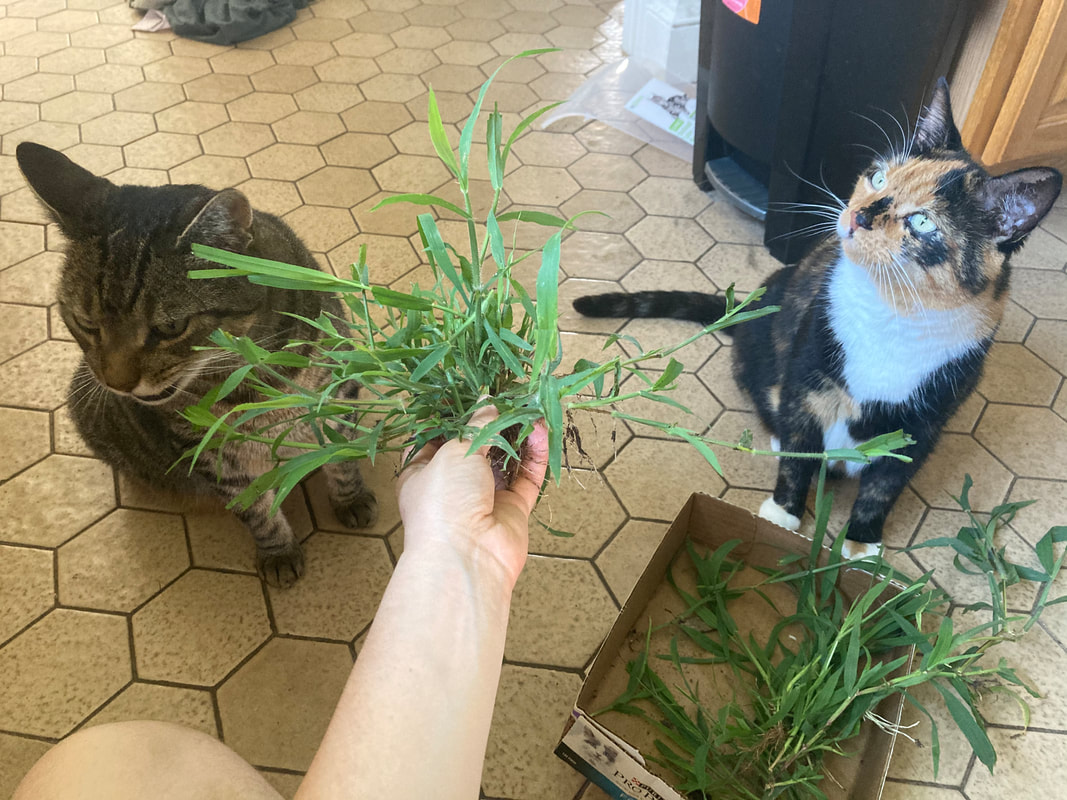
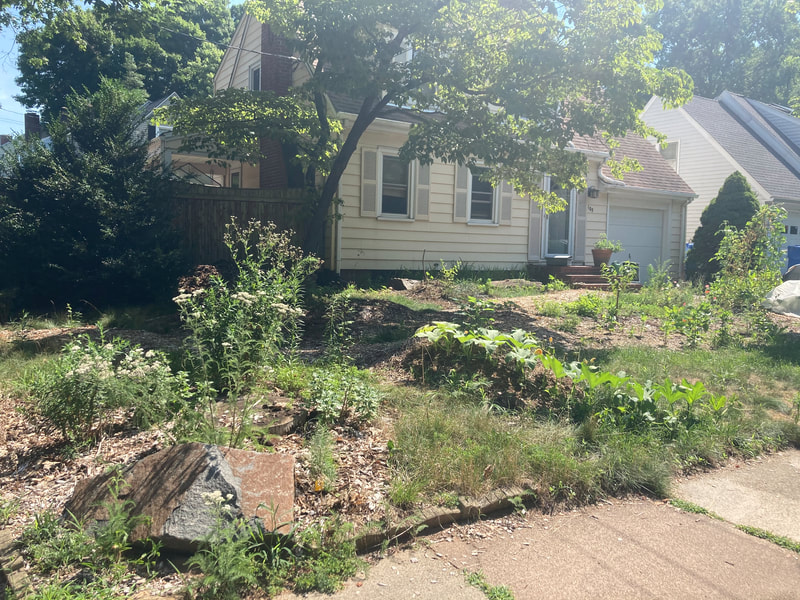

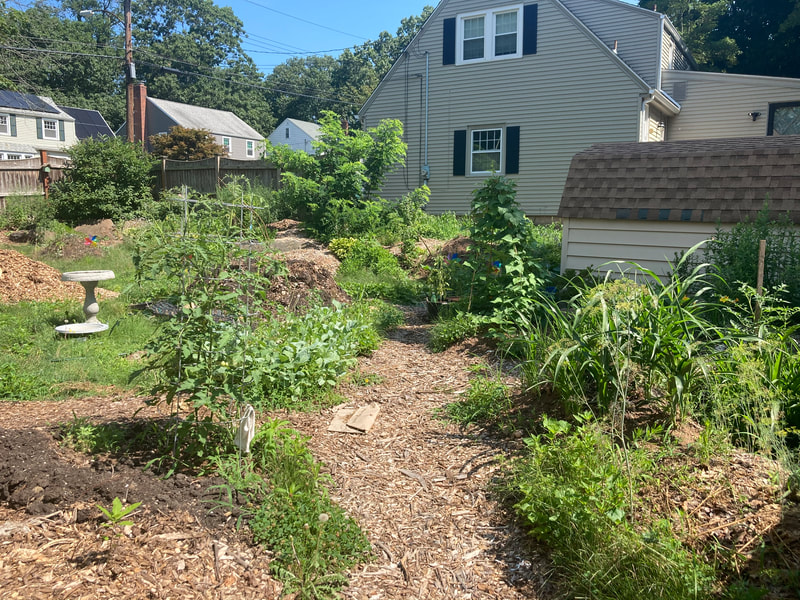
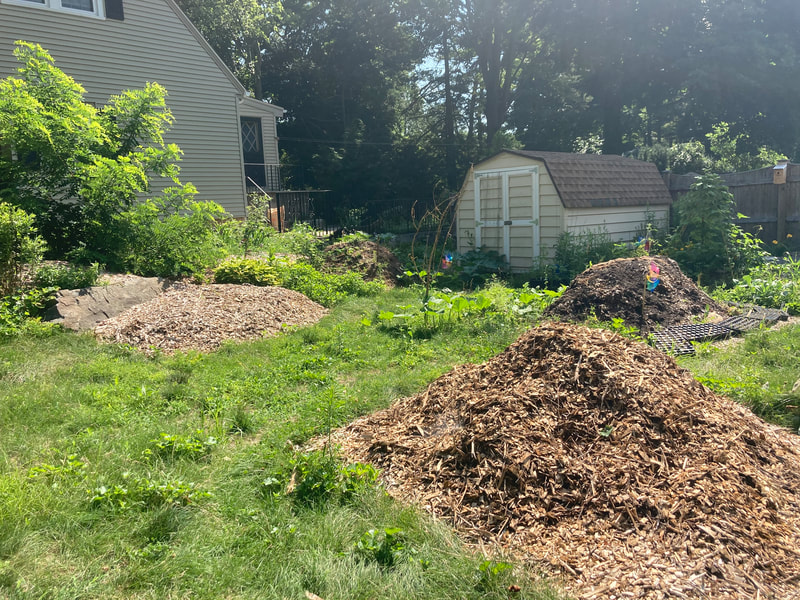
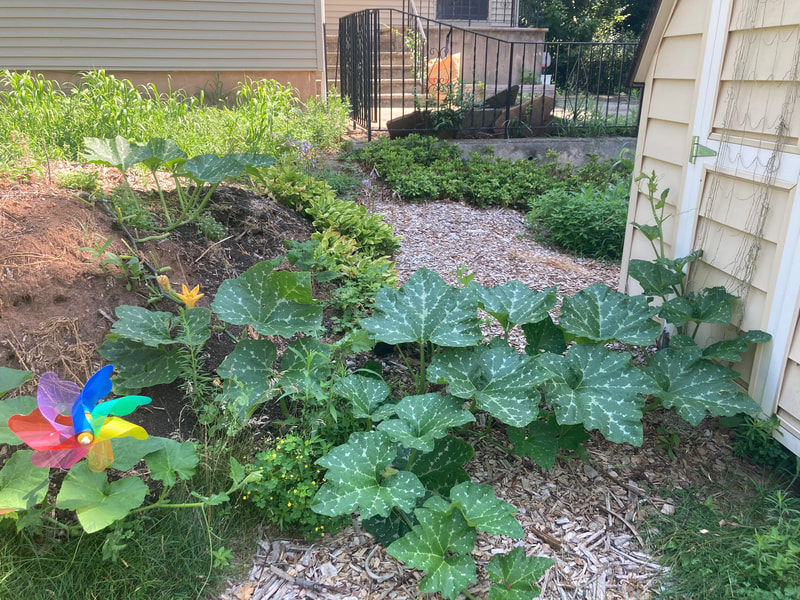
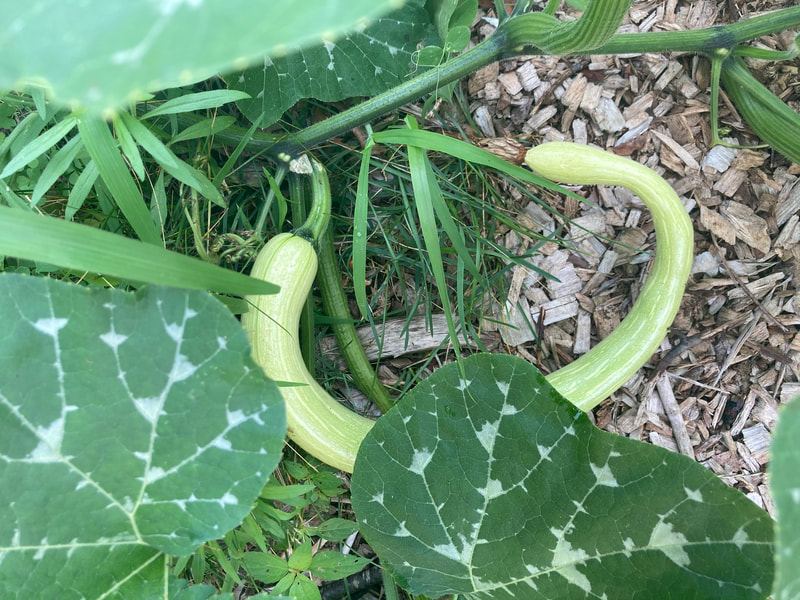
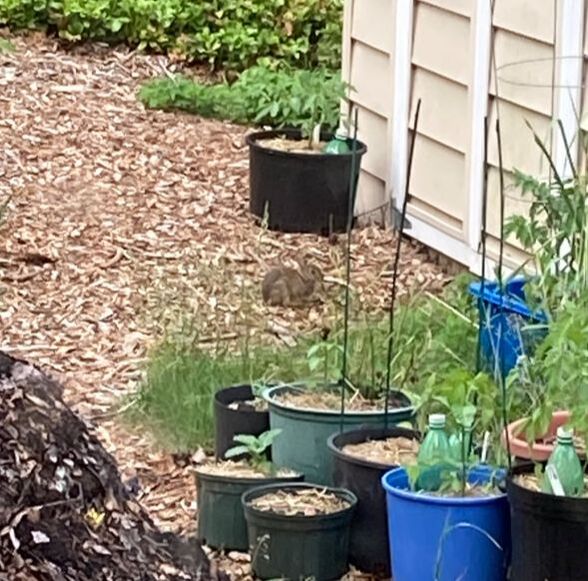
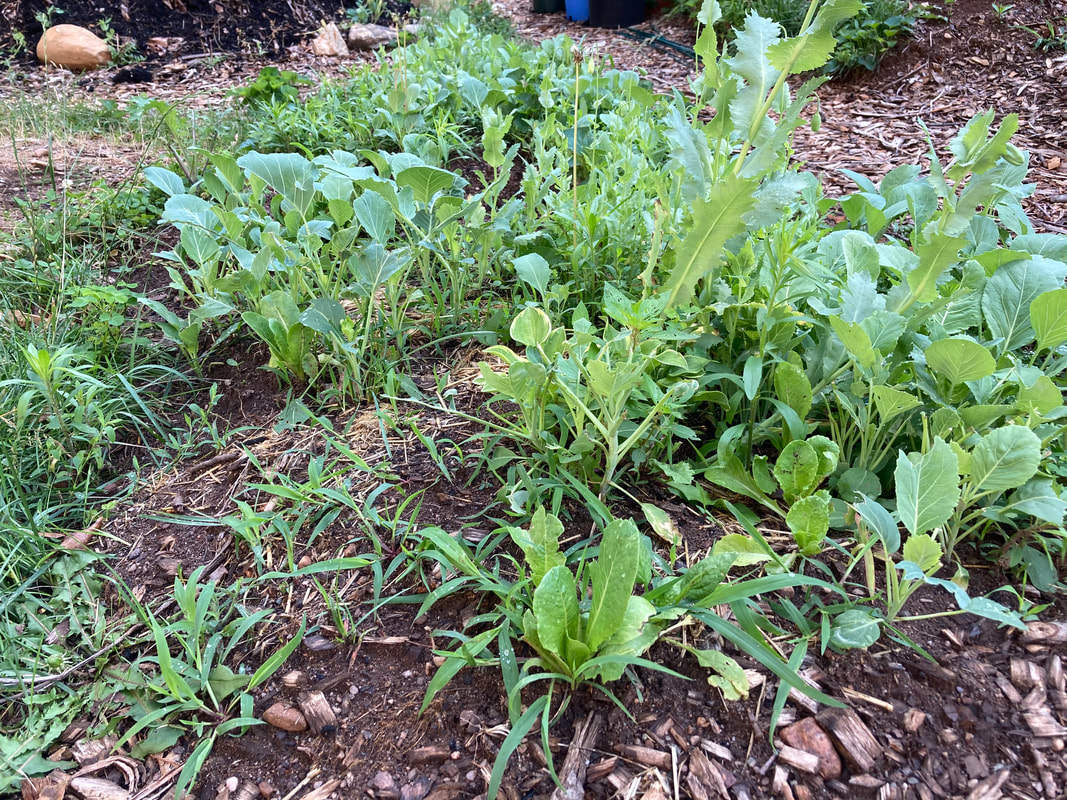
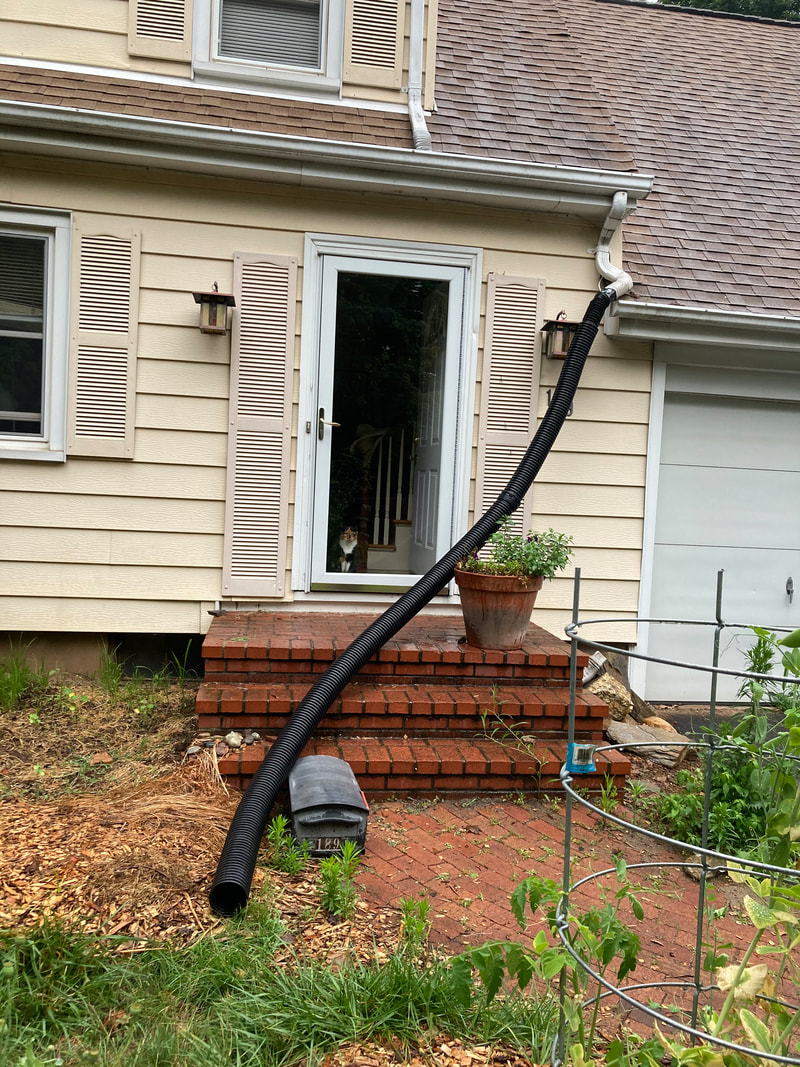
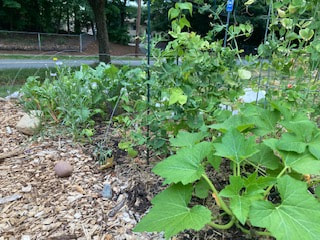
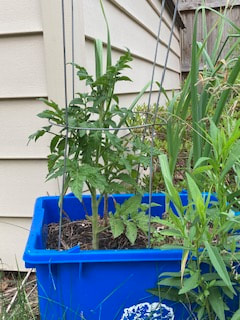
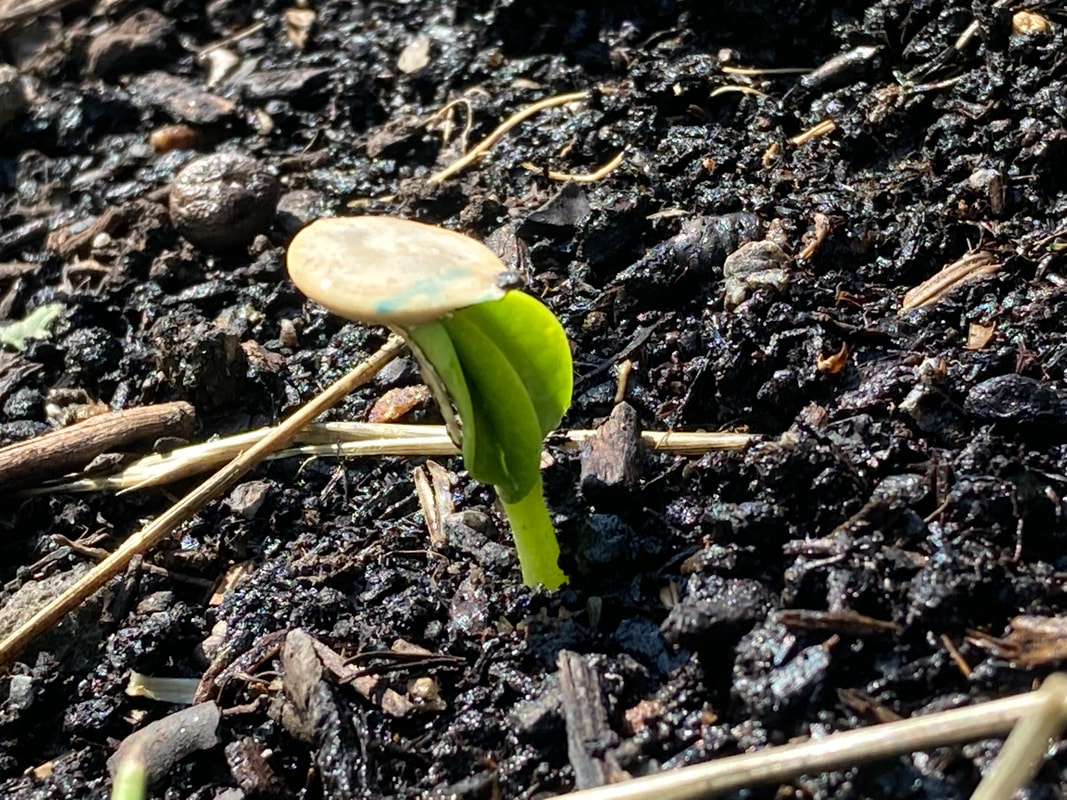
 RSS Feed
RSS Feed